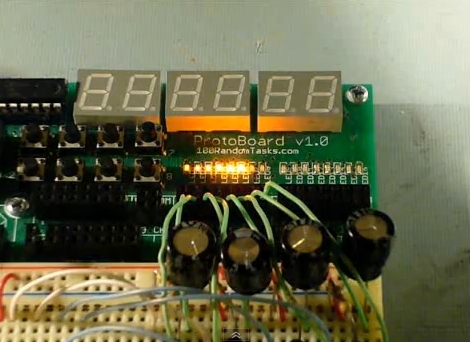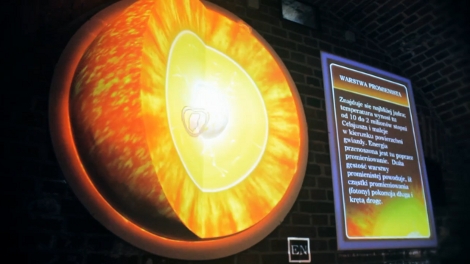
[John W. Linville] wrote a digital video player for the Tandy Color Computer (aka TRS-80). The decades-old hardware performs quite well considering the limited resource he had to work with. This is the second iteration of his player, and can be seen after the break playing a promo video for CoCoFEST 2011 where he’ll show it off in person.
In the most recent thread post (at the time of writing) [John] shares the methods used to get this running. FFMPEG is used on a modern computer to process the source video by separating the audio into an 8-bit 11040Hz file, and it generates several PPM files with the proper video frame rate. ImageMagick takes it from there to convert the PPM files to a bitmap format. It also processes each frame for differential changes, reducing the size to fall within the available bandwidth. They are then interleaved with the audio to produce the final format. Video is 128×192 with rectangular pixels. [John’s] already used it to watch such classics as War Games on the antiquated hardware.
Continue reading “Tandy Color Computer (CoCo3) Color Video Playback”
















